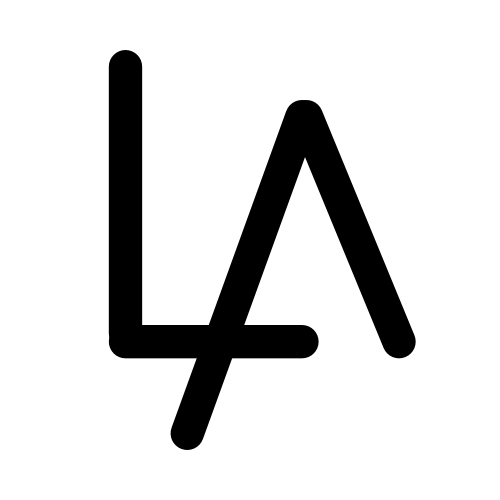DART BY SLACK
UX/UI DESIGN
““Searchable Log of All Conversation and Knowledge””
CASE STUDY
Professionals use Slack as a group messaging tool to communicate during projects however, there is an opportunity to create a project-based video and screen-sharing product to expand collaboration on a platform they already know and love, with a low barrier for entry, and from multiple device types.
BRAND
Slack is a unique cloud-based messaging tool with private and public chat, voice and video calling.
GOAL
Design a product that would allow team members to instantly collaborate using a combination of existing and added features.
TEAM ROLE
UX and Visual designer, Usability testing specialist (wire-framing, interactive prototyping, usability testing).
RESEARCH
(BUSINESS + USER)
USER RESEARCH
During screener surveys our team recruited 13 participants (7 males and 6 females, ages 25 to 45) with professional backgrounds in Informational Technology, Design and Art. We determined our target audience as professionals who work on projects in teams.
PRIMARY PERSONA
Anton Tominski, 25 is our primary persona and a point of reference throughout our prototyping and design process. He is working remotely from his home in Mountain View.
Full-Stack Developer
PAIN POINTS
Working remotely makes Anton face such challenges as poor internet connection, time difference, and inability to work on files simultaneously with the other team members. He plans to create a mobile application and become a lead developer.
COMPETITIVE ANALYSIS
Our team compared features via heuristic evaluation method on three competitors (Cisco Spark, Google Hangouts, Appear.in), comparing them to the existing Slack tool as well as the features we would like to include in our new product.
Findings from both competitive analysis and user research helped us to determine the immediate need for key features for both the client and users.
DESIGN
LOW TO HIGH FIDELITY
Our team chose web browser client (web app) for Dart initial platform release because we want to provide users with flexibility to log into the system from whatever computer they want without being forced to download a native app.
MVP/FEATURE PRIORITIZATION
During initial iterations of the wireframes, our team determined the structure and features’ placement according to the hierarchy of our users’ needs and goals.
DESIGN
We conducted 10 usability tests throughout all the design and prototyping process via Guerrilla testing method — rapid, low-cost method of quickly capturing user feedback. Testing resulted in completion of any given task and icon recognition and elements placement.
FORWARD THINKING
Check the video of the Dart prototype
1. Web app improvements (voice recognition transcription of calls; integrated scheduling, reminders, synced team calendars; integrations with third party tools)
2. Native applications for OSX, Windows, iOS & Android, WatchOS











